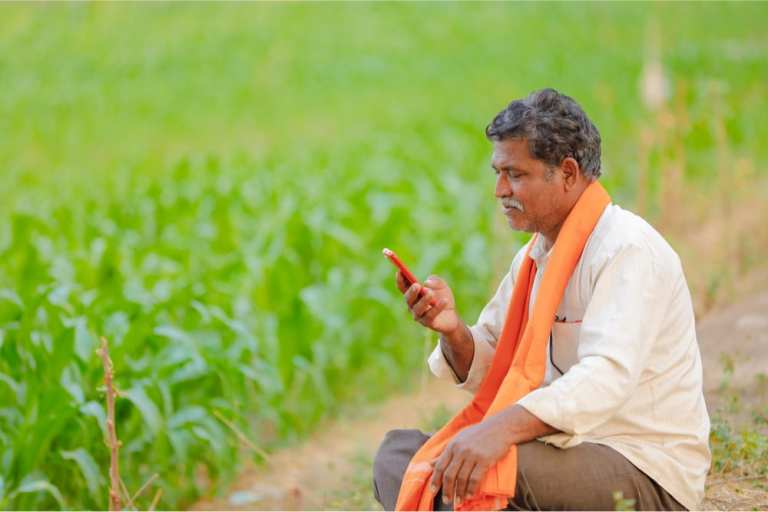Big Tech And The Lure Of India’s (Mobile Payments) Market

Deal or no deal?
For Big Tech, India beckons — increasingly so, and it is the mobile space that seemingly is poised to get a lot more crowded.
News came over the past few days that Amazon may look to buy (not build) a presence in India’s mobile industry, through a reported $2 billion stake in Bharti Airtel, which is the third largest operator there. In terms of mechanics of the deal, if Amazon were to pony up those billions, it would garner a 5 percent stake in Bharti Airtel. The telecom, in turn, has denied that such a transaction is in the works.
And in another rumored transaction, Google is reportedly mulling a 5 percent stake in Vodafone, which is the second largest telecom in the nation.
As had been reported in this space in recent weeks, Jio Platforms, a Reliance Industries subsidiary, has garnered as much as $12 billion across several investments, from firms as far-flung as Silver Lake ($750 million), Facebook (which spent $5.7 billion for a 10 percent stake) and others. All in, outside investors have taken stakes that cumulatively equal more than 17 percent of the company.
The overarching theme here is that telecom provides Big Tech with an increasing presence across India’s evolving digital landscape. As is germane to payments, Jio has been on track to become the first telecom firm in the country to offer a Unified Payments Interface (UPI) service, which would be accessed via app.
As telecoms move to digital ecosystems and embed mobile payments, the idea is that demonetization efforts — which stretch back to 2016 — would be more firmly entrenched.
UPI, of course, has been gaining traction, as the real-time payments system recently processed more than 1.25 billion transactions, up from 1 billion transactions in October of last year. As reported by Entrackr, Google Pay has garnered roughly 430 million payments in P2P transactions, trailed by PhonePe and Paytm with a respective 365 million and 125 million transactions.
As reported by the Times of India, Capgemini has estimated that 74 percent of India’s consumers will embrace (and prefer) digital payments through the next several months, spurred by the continued shift to doing, well, pretty much everything digitally as a result of the current pandemic. Within that subset, using apps on mobile devices has grown, to a recent 67 percent of consumers where the percentage had been 57 percent just before the pandemic. That’s higher than global stats, which show that mobile apps usage was at 47 percent and has grown to about 52 percent through the same period.
Drilling down a bit into eCommerce itself — and not just how people pay — firms with broad reach such as Jio Platforms have as key competitors Flipkart, Amazon and Google. In recent weeks, Prime Minister Narendra Modi said India’s consumers should seek to be “vocal about local” goods and brands, with a focus by consumers on buying domestically made goods from smaller merchants.